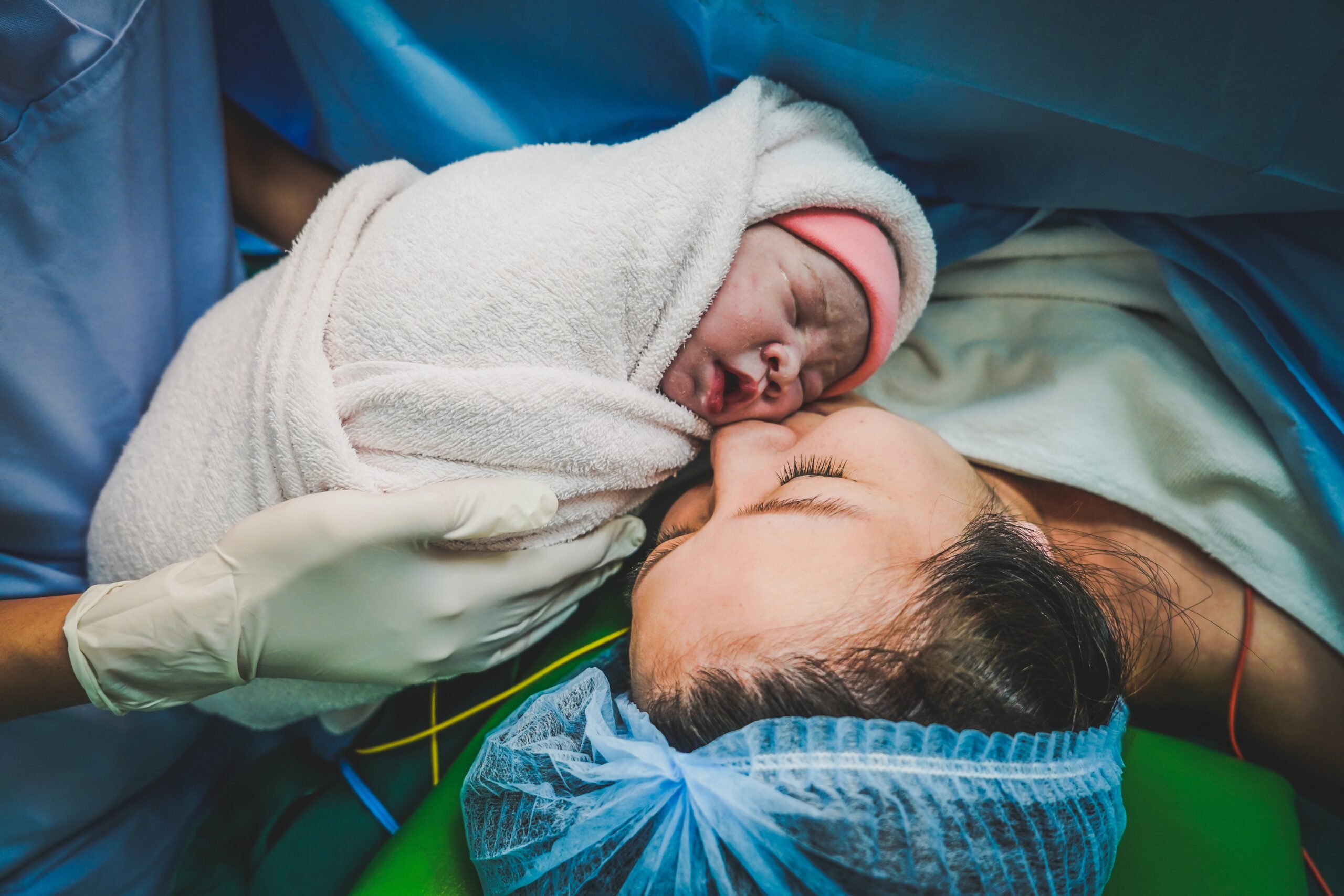Are We Doing Enough to Prevent Maternal Deaths in America?
Posted in Accident & Injury, Health & Wellness, Medical Malpractice on July 16, 2024

The United States is grappling with a severe crisis of maternal mortality, having the highest rate of maternal deaths among developed countries. This issue is more prevalent for Black women, who experience significantly higher rates of maternal mortality. Although there has been a recent decline in maternal deaths since the COVID-19 pandemic, over 80% of these deaths could have been prevented. As the U.S. searches for solutions, it could gain valuable insights from other developed countries with solid support systems.
A Comparative Analysis
This analysis uses recently gathered data from the U.S. Centers for Disease Control and Prevention (CDC) and the Organization for Economic Co-operation and Development (OECD) to compare maternal mortality rates, workforce composition, and postpartum care in the U.S. and other high-income countries. The countries included are Australia, Canada, France, Germany, the Netherlands, New Zealand, Norway, Sweden, Switzerland, and the United Kingdom, as well as newly added data from Chile, Japan, and Korea.
- Maternal Mortality Rates: In 2022, the United States reported around 22 maternal deaths per 100,000 live births, with higher rates for Black women (nearly 50) and lower rates for Asian American (just over 13) women compared to other high-income countries.
- Impact of COVID-19: During the pandemic, maternal mortality rates increased in Australia, Japan, the Netherlands, and the U.S., especially for Hispanic women. Maternal mortality rates began to decrease in Chile, Norway, and the U.S. by 2022.
- Postpartum Period: U.S. women are least likely to receive postpartum support, such as home visits and guaranteed paid leave, despite nearly two-thirds of maternal deaths occurring postpartum.
- Workforce Composition: The U.S. and Canada have the lowest supply of midwives and obstetrician-gynecologists (OB/GYNs).
Differences in Care During Pregnancy, Labor, and Delivery
It’s important to improve hospital protocols by using simulations to prepare for emergencies and by implementing trauma protocols, such as Mass Transfusion protocols. Effective communication among healthcare providers and shifts is also crucial. Studies like “To Err is Human” emphasize that communication breakdowns are a major source of medical errors, underlining the significance of seamless information exchange in maternity care.
Paid maternity leave is crucial for helping women cope with the demands of motherhood, ensuring their financial security, and reducing infant mortality. It’s worth noting that the U.S. is the only country in the study that does not require at least 14 weeks of paid leave. Additionally, only about a quarter of American workers have access to paid family leave.
Insurance Coverage
The U.S. is the only high-income country without universal health care, leaving nearly 8 million women of reproductive age uninsured. Black, Hispanic, American Indian, Alaska Native, Native Hawaiian, and other Pacific Islander women are the least likely to have health insurance and the most likely to face cost-related barriers to care.
The Affordable Care Act’s Medicaid expansion has improved maternal health outcomes in states that have opted in, particularly for Black and Latina mothers. However, ten states have yet to expand Medicaid, leaving many women vulnerable to losing coverage 60 days postpartum.
Postpartum Support
It is crucial to strengthen postpartum health services, as two-thirds of maternal deaths occur after birth. The World Health Organization recommends four health check-ups in the first six weeks postpartum. However, many women in the U.S. skip their postpartum check-ups due to various barriers. It is essential to eliminate these barriers.
The U.S. is the only high-income country without guaranteed paid parental leave, although some states have implemented mandatory paid leave policies. A federal paid leave policy would significantly benefit Black and lower-income women, who are less likely to have access to employer-provided paid leave.
Maternal and Infant Well-being Should Be a Top Policy Priority
Despite the U.S.’s high healthcare spending, it has much worse maternal health outcomes than other high-income countries. Policymakers and health system leaders could learn from international models of maternity care, especially those related to postpartum support and workforce composition.
Elk + Elk’s Jay Kelley: A Champion for Maternal and Infant Safety
Elk + Elk managing partner Jay Kelley is passionate about supporting maternal and infant safety. For over a decade, he has been writing and reviewing medical texts and lecturing groups, including AWHONN, March of Dimes, and ACOG. With extensive experience in medical negligence and wrongful death cases arising from birth injuries and maternal fatalities, Jay understands the impact these tragedies have on families.
“These claims are emotionally, medically and financially among the most significant in our field,” Jay explains. “The loss of a mother to a family with a newborn creates so many challenges immediately and as the child grows.”
Providing clear and honest answers about what happened allows families to make the best personal and legal choices as they move forward. Jay adds, “I have seen the most incredible families deal with maternal loss or birth injuries to their child. Helping them meet the economic challenges and maximize the available resources for them is beyond rewarding.”
He further emphasizes the importance of his work, stating, “Contributing to efforts at lowering the frequency of these occurrences is my career aspiration.”
Talk to a birth injury lawyer in a free consultation: Call 1-800-ELK-OHIO or complete our contact form to learn more about how we can help.